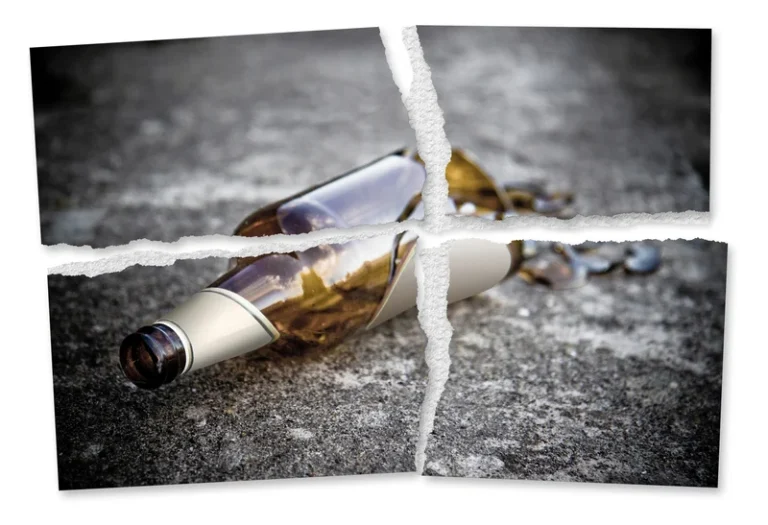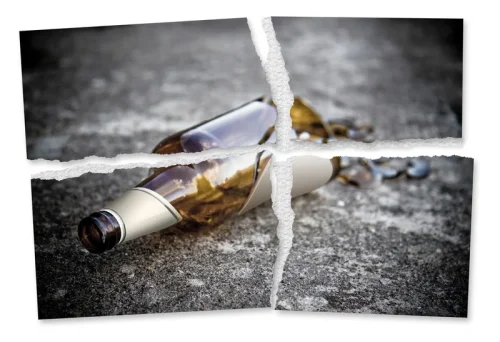
Detection of acidosis may be complicated by concurrent metabolic alkalosis due to vomiting, resulting in a relatively normal pH; the main clue is the elevated anion gap. If history does not rule out toxic alcohol ingestion as a cause of the elevated anion gap, serum methanol and ethylene glycol levels should be measured. During starvation, there is a decrease in insulin secretion and an increase in the production of counter-regulatory hormones such as glucagon, catecholamines, cortisol, and growth hormone. Hormone-sensitive lipase is normally inhibited by insulin, and, when insulin levels fall, lipolysis is up-regulated, causing release of free fatty acids from peripheral adipose tissue.
History and Physical
Plasma glucose levels are usually low or normal, but mild hyperglycemia sometimes occurs. People who consume a lot of alcohol during one occasion often vomit repeatedly and stop eating. If the vomiting and starvation go on for a day or more, the liver’s normal stores of sugar (glucose) decrease. The low glucose stores combined with lack of food intake cause low blood glucose levels. Without insulin, most cells cannot get energy from the glucose that is in the blood.

Hormonal changes during alcohol intoxication and withdrawal

Many people acquainted with alcoholics will notice that alcoholism causes bad body odor too, aside from alcoholics’ bad breath smell. This is because excess alcohol in the body can change the way your sweat smells, contributing to what is known as Alcoholic ketoacidosis (AKA) smell [3]. While bad breath isn’t a physical sign of alcohol abuse, it comes across in the physical sense. It’s not something you’ll see, but rather, something you will smell. Bad breath after drinking alcohol happens because the system becomes deprived of water, which dries out the mouth.
Liver Disease
If they can’t use glucose because there’s not enough insulin, your body switches to another method to get energy — breaking down fat cells. Diabetic ketoacidosis (DKA) is a serious and sometimes life-threatening complication that can lead to diabetic coma or death if not treated immediately. DKA most frequently occurs in those with type 1 diabetes, but in rare cases it may happen in people with type 2 diabetes. Empowering the patient regarding management is hence of the utmost importance. Diabetes self-management education (DSME) and diabetes self-management support (DSMS) are recommended at the time of diagnosis of prediabetes or diabetes and throughout the lifetime of the patient.
- They will also ask about your health history and alcohol consumption.
- While following the diet, a person should ensure that they consume enough liquids and electrolytes.
- Alcoholic ketoacidosis doesn’t occur more often in any particular race or sex.
- In general, the prognosis for a patient presenting with AKA is good as long as the condition is identified and treated early.
- Some may report smelling a fruity odor on their breath, although this is more frequently observed during a physical examination by a healthcare professional.
- Diabetic ketoacidosis progresses quickly, so monitoring your symptoms is very important to get the treatment you need.
You can learn how to reduce your alcohol intake or eliminate it altogether. Joining a local chapter of Alcoholics Anonymous may provide you with the support you need to cope. You should also follow all of your doctor’s recommendations to ensure proper nutrition and recovery. In 2009, researchers found that analyzing a person’s breath could help identify prediabetes, the early stage of diabetes.
- As this happens, the liver releases ketones, including acetone, as byproducts.
- While it may take years for serious symptoms to occur, it can completely alter a person’s appearance.
- Foods like onions or garlic or poor dental habits cause a strong odor in your mouth, which often gets better with simple lifestyle changes.
- If you have any form of diabetes and a high blood glucose level—greater than 250 mg per dL—or moderate elevations that do not respond to your home insulin treatment, you should contact a healthcare provider.
Alcoholic Ketoacidosis: Signs, Symptoms, and Treatment
- Routine clinical assays for ketonemia test for AcAc and acetone but not for β-OH.
- If the body cannot get its energy from glucose, it starts burning fat for fuel instead.
- Profound dehydration can culminate in circulatory collapse and/or lactic acidosis.
- This can occur as soon as one day after a drinking binge, depending on nutritional status, overall health status, and the amount of alcohol consumed.
DKA presents with a myriad of vague signs and symptoms like nausea, vomiting, and abdominal pain. People with DKA may also have increased thirst and urination, also called polyuria. Some may report smelling a fruity odor on their breath, although this is more frequently observed during a physical examination by a healthcare professional. Severe cases may also be characterized with low blood pressure (hypotension) or difficulty thinking clearly (altered sensorium). For starvation ketosis, mild ketosis generally develops after a 12- to 14-hour fast. If there is no food source, as in the case of extreme socio-economic deprivation or eating disorders, this will cause the body’s biochemistry to transform from ketosis to ketoacidosis progressively, as described below.
Clinical Bottom Line
Alcohol can cause the brain’s regulation of vascular functions to deteriorate, which often leads to enlarged vessels in the face and neck. These enlarged vessels will cause the face to flush or redden, and eventually, it can lead to rhinophyma. While it may take years for serious symptoms to occur, it can completely alter a person’s appearance. Lactic acid levels are often elevated because of hypoperfusion and the altered balance of reduction and oxidation reactions in the liver. Dehydration and volume constriction directly decrease the ability of the kidneys to excrete ketoacids. Profound dehydration can culminate in circulatory collapse and/or lactic acidosis.
Laboratory analysis plays a major role in the evaluation of a patient with suspected alcoholic ketoacidosis. Alcoholic ketoacidosis can develop when you drink excessive amounts of alcohol for a long period of time. Excessive alcohol consumption often causes malnourishment (not enough nutrients for the body to function well). A person who https://ecosoberhouse.com/ consumes large amounts of alcohol may not have a healthful diet or eat enough food to provide their body with energy. Studies suggest that the amount of acetone on a healthy person’s breath correlates with the rate of fat loss. If a person follows a ketogenic diet to lose weight, they may have a slight smell of acetone on their breath.

The ADA recommends testing for ketones every 4–6 hours when a person is ill, such as with a cold or the flu. The American Diabetes Association (ADA) advises people to not exercise if they have signs of DKA and to seek medical assistance immediately. Acetone is a type of ketone, and it is the same fruity-smelling substance found in some nail polish removers. Meetings are widely available at little-to-no cost in most communities. Support groups can be a valuable source of support and can be combined with medication and therapy.
Who is at risk?
They provide some energy to your cells, but too much may cause your blood to become too acidic. Symptoms develop quickly—usually over 24 hours—and range from nausea or vomiting to extreme fatigue and trouble thinking clearly. DKA is commonly triggered when you are under stress—like being sick—or when alcoholic ketoacidosis taking medications that change how your body handles glucose. Alcoholic ketoacidosis is attributed to the combined effects of alcohol and starvation on glucose metabolism. Prolonged vomiting leads to dehydration, which decreases renal perfusion, thereby limiting urinary excretion of ketoacids.






















